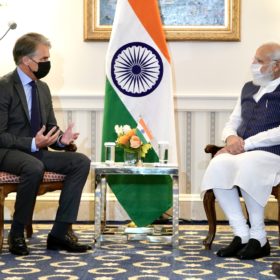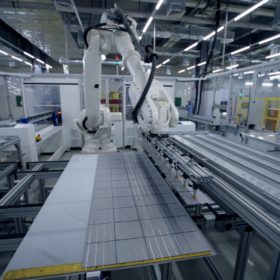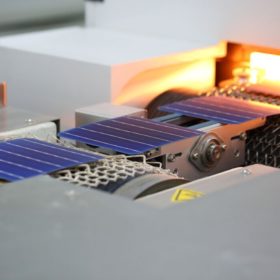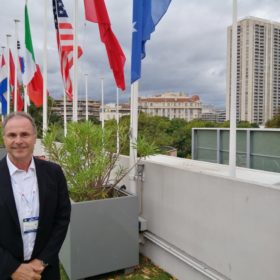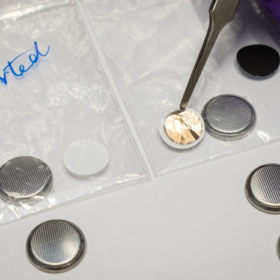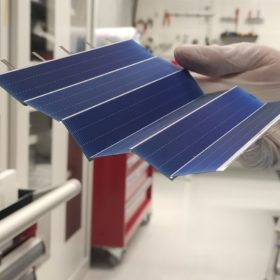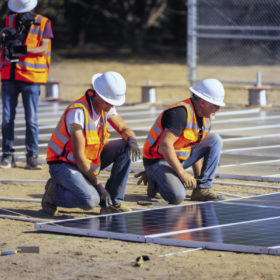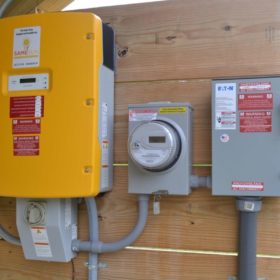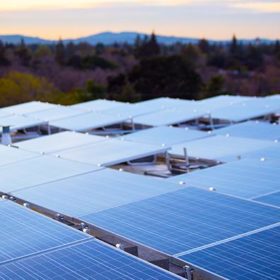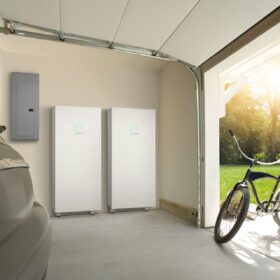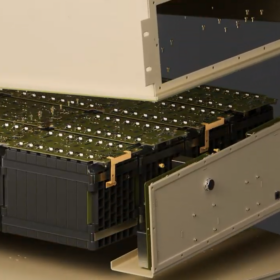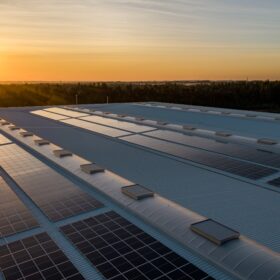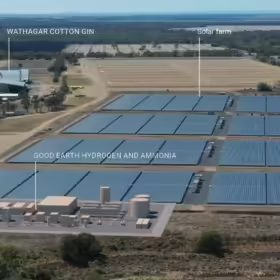First Solar CEO meets India’s prime minister
The Indian government has created a strong balance between industrial policy as well as trade policy, which provides companies like First Solar an ideal opportunity to establish their manufacturing facilities in India, according to First Solar chief executive officer Mark Widmar.
Adani, Reliance to set up solar gigafabs in India
Adani, Reliance New Energy, Jindal India Solar and Shirdi Sai Electricals have been put on a shortlist for India’s production-linked incentive scheme for high-efficiency PV module manufacturing. The list includes 14 other companies vying for the incentives.
Exclusive: Compelling UNSW research shows tandem cells should succeed PERC for multi-terawatt production
The urgent global need for tens of terawatts of solar capacity to replace fossil fuels by 2050 signals it’s time to hone in on developing the most sustainable technologies — before reserves of silver, indium and bismuth dry up.
Pierre Verlinden cautions it’s Hi-ho Silver no more as PV approaches multi-terawatt production
Solar cell production could consume every ounce of the world’s known silver reserves within a few years. One industry guru and his UNSW colleagues have set out the case for carefully considering what happens next.
Novel technique to prevent fires in lithium-ion batteries
Singaporean scientists have developed a special device that prevents the formation of dendrites in lithium-ion storage. The additional layer they created works as an interface on behalf of the negative electrode, to exchange lithium-ions with the positive electrode.
Fraunhofer ISE develops solder-free aluminium interconnection tech for shingled PV modules
The German research institute has unveiled a novel interconnection technology for shingled PV modules that eliminates the need for electrically conductive adhesives and screen-printed busbars. It consists of an 8-μm-thick aluminium foil that is joined to the silicon nitride (SiNX) passivation via laser metal bond (LMB). When integrated in a solar module, the efficiency of the new interconnector improved by 0.7%.
Sunday read: Bringing costs down to earth
Rising efficiencies and the plummeting cost of solar modules over the past few years, recent months notwithstanding, are leading innovators toward ideas that may look unusual in the current tracker-dominated world of large-scale solar parks. Advocates of the new approaches argue that they leave traditional models looking decidedly flat by comparison.
How long do residential solar inverters last?
Multiple factors affect the productive lifespans of residential solar inverters. In the second part of our new series on resiliency, we look at PV inverters.
Semi-transparent organic solar cell for window applications
Developed by U.S. scientists, the 10%-efficient device is intended for applications in solar windows and promises efficiencies close to 15%. According to its creators, the cell retained 80% of its efficiency after 1,900 hours at 55 degrees Celsius.
Price increases hit US solar
Price increases, supply chain disruptions, and a series of trade risks are threatening the U.S.’s ability to decarbonise the grid, warned SEIA president and CEO Abigail Ross Hopper.
